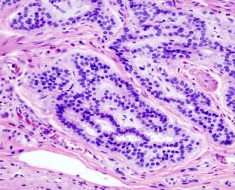By using a larval zebrafish model, Dr. Du Jiulin’s lab at the the Institute of Neuroscience and Zunyi Medical College revealed that two commonly used intravenous anesthetic drugs, propofol and etomidate, suppress the excitability of locus coeruleus neurons via synergic mechanisms—thus inhibiting presynaptic excitatory inputs and inducing membrane hyperpolarization of these cells.
The application of general anesthesia in clinical therapy has been an indispensable part of modern medicine for more than a century. However, due to the complexity of the brain and the extensive actions of general anesthetic drugs, neural mechanisms underlying general anesthesia have remained a mystery. This study, which was published in Cell Reports on September 18, shows that the locus coeruleus-norepinephrine (LC-NE) system plays a modulatory role in both the induction of and emergence from intravenous general anesthesia.
The LC nucleus is a main site for synthesizing NE in the brain. Recent studies have shown that activation of the LC-NE system in mice facilitates behavioral arousal from inhalational isoflurane-induced anesthesia. In contrast, inhibition of this system causes hypersensitive induction to, and delayed the recovery from anesthesia induced by inhalational anesthetics. However, understanding the role of intravenous anesthetics on the LC-NE system and the synaptic mechanisms involved remained rudimentary.
To better understand the action of intravenous anesthetics, the researchers first established an anesthesia zebrafish model via bath application of two intravenous anesthetic drugs, propofol and etomidate. The researchers determined the state of general anesthesia by examining the animal’s spontaneous locomotion as well as electrical activity of the brain and spinal nerves. They found that local lesion of LC neurons via two-photon laser-based ablation or genetic depletion of NE synthesis accelerated the induction of general anesthesia and retarded emergence from general anesthesia.
Source: Read Full Article





